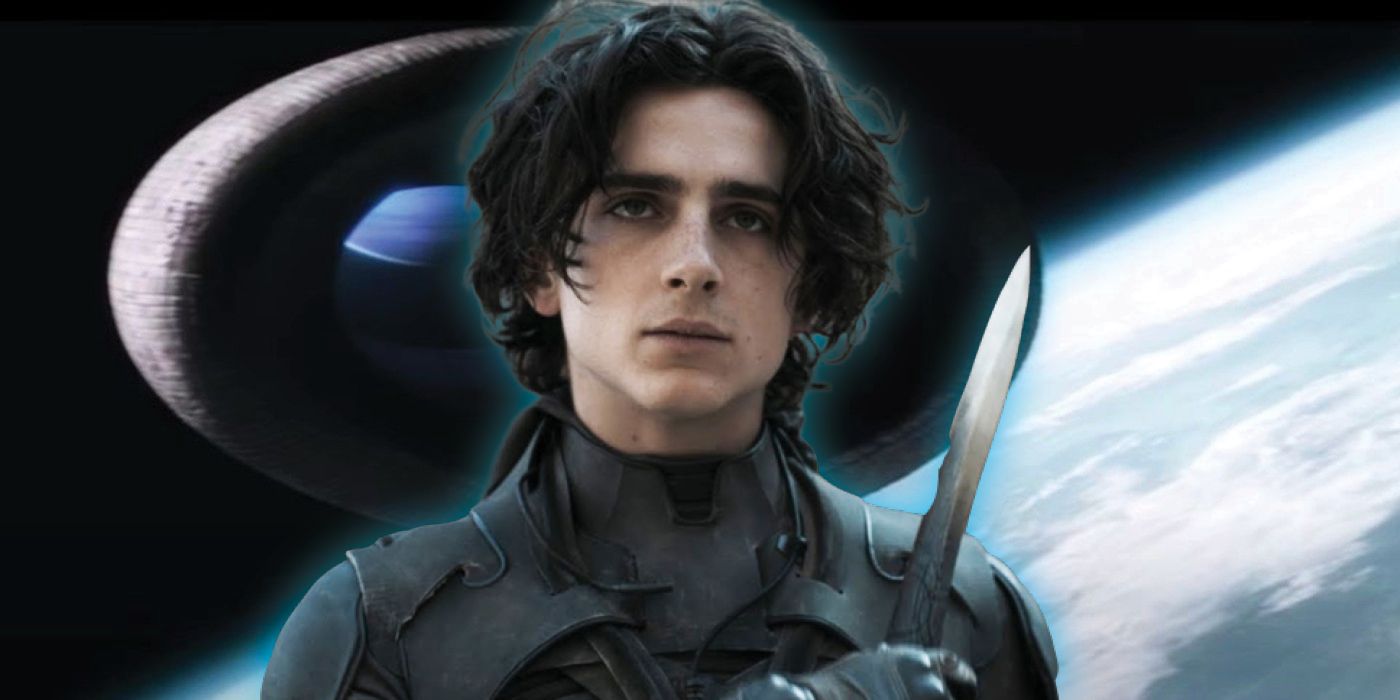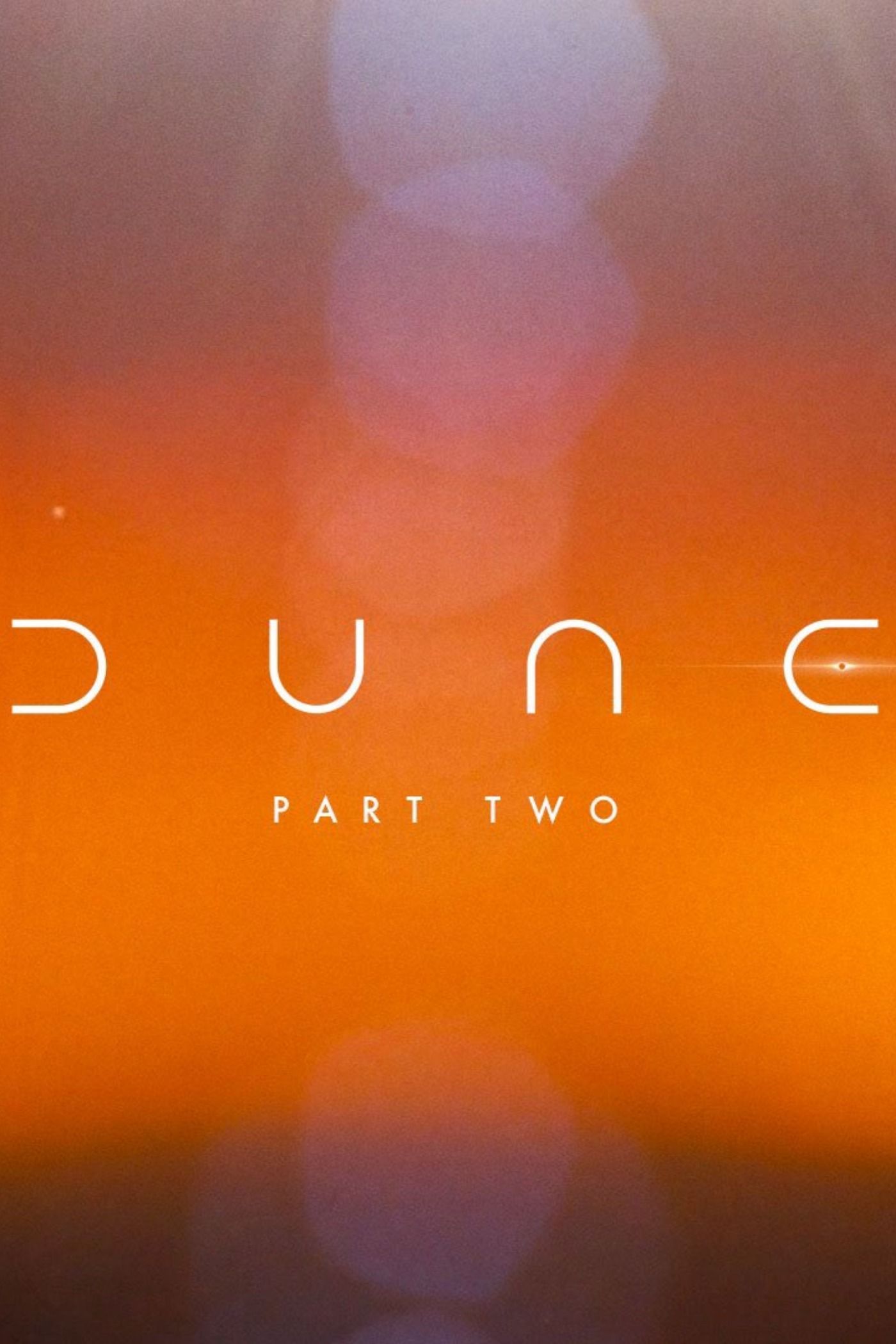Director Denis Villeneuve has explained why his Dune films will never show the inside of the Spacing Guild’s spaceships. Based on the best-selling sci-fi epic by Frank Hebert, Villeneuve’s latest adaptation serves as the third attempt to bring the fan-favorite tale to the screen, having been predated by David Lynch’s 1984 Dune film and a 2000 miniseries. Following the story of Timothée Chalamet’s Paul Atreides, Villeneuve’s first film covers roughly half the story in the original 1965 novel, with the second part slated to begin filming next year.
Praised for its stunning visuals and epic sense of scale, since Dune: Part One was simultaneously released in theaters and on HBO Max last month it has garnered an impressive $355 million at the worldwide box office. Meanwhile, during its streaming release, it was estimated to be viewed by over 1.9 million US households and was reportedly the most-watched streaming film in the first three weeks of its release. Within a week of its US release, Warner Bros. officially greenlit Dune: Part 2 with plans for an October 2023 release.
With Villeneuve currently deeply involved in pre-production for the second film, he recently spoke with Empire about his plans for the highly anticipated sequel. When asked about his portrayal of space travel in the first film, Villeneuve admitted that he “tried to keep all the space-traveling as mysterious as possible.” He also went on to suggest he would never go on to reveal the interior of the film’s spaceships. Check out his comments below:
I tried to keep all the space-travelling as mysterious as possible, like almost bringing some kind of mysticism or sacred relationship with that part of the movie. Everything involving space is just evocated and very mysterious…
I insisted that we will never go inside the spaceships. Dune is really a project that was, for me, focusing entirely on Arrakis and the Fremen planet, and focusing on the ecosystem of the planet. It's a story that is very grounded. It's not a story about space-travelling. It's so [much] more beautiful when we don't see.
Despite being hailed as one of the most influential sci-fi novels of all time, there is little doubt that Dune poses several problems for filmmakers who have been given the daunting task of adapting it for the big screen. While the previous attempts have seemingly fallen short of doing the original novel justice, Villeneuve has clearly approached his adaptation with an appropriate reverence for the source material coupled with a keen awareness of what will and won’t work on screen. The director’s decision to keep his films “grounded” and focus on the planet of Arrakis, which is also known as Dune, is laudable, and by leaving space travel mysterious and largely unseen, it also allows him to help manage the scope of a story that is already exceedingly voluminous in its epic nature. It is also a decision that echoes Herbert’s own choice to suppress the presence of technology in his novel in favor of exploring the politics of humanity.
While it seems that fans will never get an opportunity to see inside Dune’s interstellar spacecraft, no doubt there will be much more to capture their attention as Dune: Part Two charts Paul’s powers as they begin to manifest themselves and he finds himself regarded as the Fremen’s prophesized messiah. Given the stunning visuals presented in the first film, it is likely that Villeneuve has much more in store for fans when the sequel hits theaters in 2023. Certainly fans of this year’s Dune will appreciate and support Villeneuve’s unique approach and vision for Dune 2.
Source: Empire



